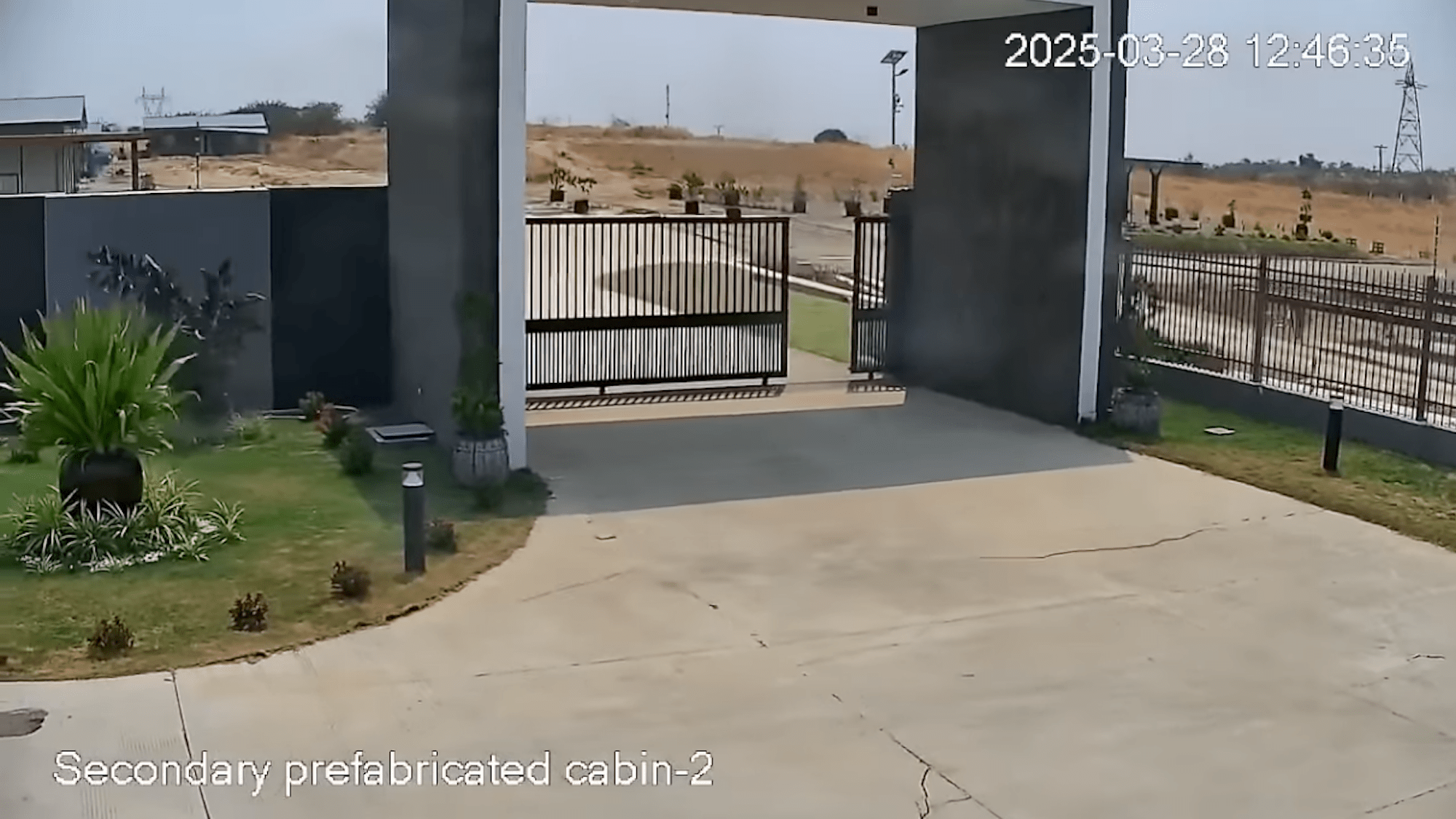Now Reading: CCTV Captures World’s First Supershear Earthquake
-
01
CCTV Captures World’s First Supershear Earthquake
CCTV Captures World’s First Supershear Earthquake

Swift Summary
- A magnitude 7.7 earthquake struck Myanmar on March 28, 2025, along the Sagaing Fault near Mandalay.
- The quake lasted 80 seconds and caused:
– 5,456 deaths and over 11,000 injuries, making it the second deadliest in modern history for Myanmar.
- The southern rupture reached “supershear velocity” at 3.7 miles per second-a rare occurrence in seismic events.
- A CCTV camera recorded a strike-slip fault phenomenon during the event-a first-ever such video documentation.
- In the footage, the ground visibly shifted horizontally by 8.2 feet in just 1.3 seconds, with speeds reaching approx. 10.5 feet per second.
- Scientists from Kyoto University analyzed this groundbreaking footage using pixel cross-correlation techniques to extract detailed data about fault dynamics.
- Findings included:
– Confirmation of “pulse-like rupture” behavior with short duration and high-speed motion akin to ripples on a rug when flicked at one end.
– Evidence of slightly curved slip paths rather than fully linear ruptures, a key observation for understanding strike-slip faults globally.
- These insights could advance earthquake source physics and guide urban planning for more resilient infrastructure.
Indian Opinion Analysis
The analysis of Myanmar’s devastating earthquake offers critically important lessons for India due to its own vulnerability to tectonic movements along active fault lines like those in the Himalayas or around peninsular cratons such as Kutch in Gujarat. Real-time visual evidence from Myanmar serves as an essential advancement over traditional remote sensing methods for studying earthquakes; it provides nuanced behavioral patterns critical for improving preparedness strategies.
For india-a highly populated country prone to seismic risks-incorporating lessons from curved fault slips or supershear velocities can enhance building codes and disaster readiness plans nationwide while guiding urban development against possible catastrophic outcomes during mega quakes.

























